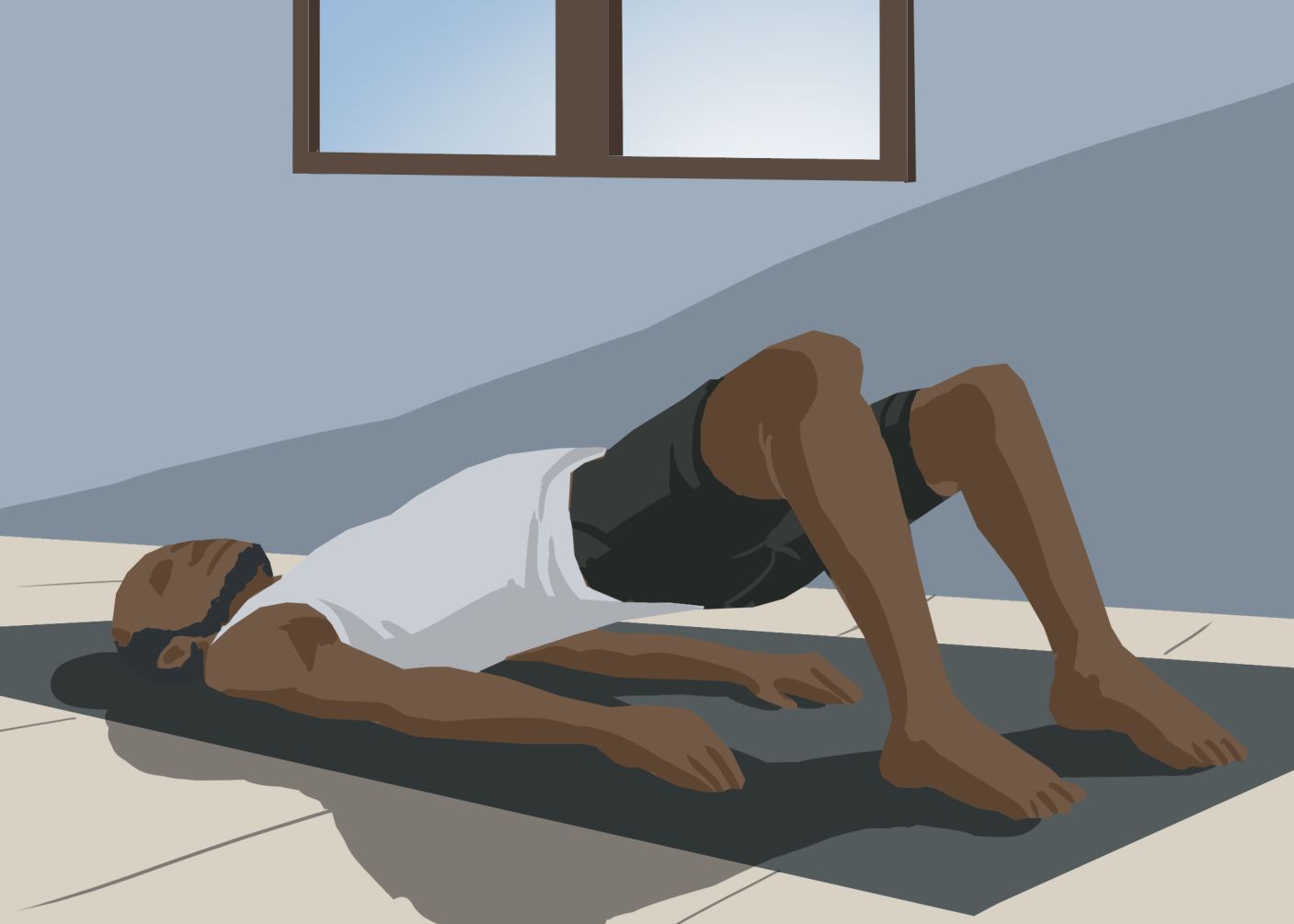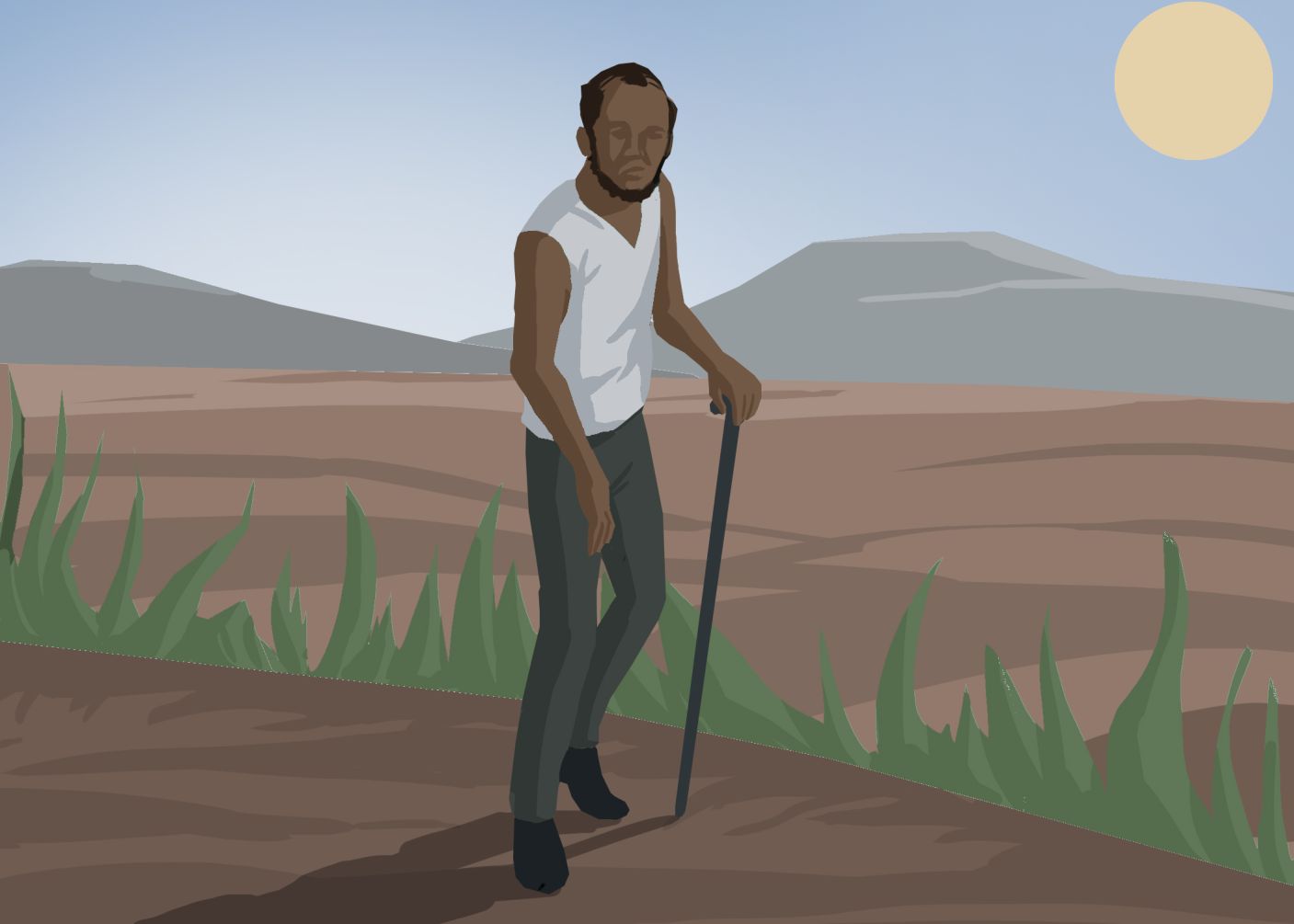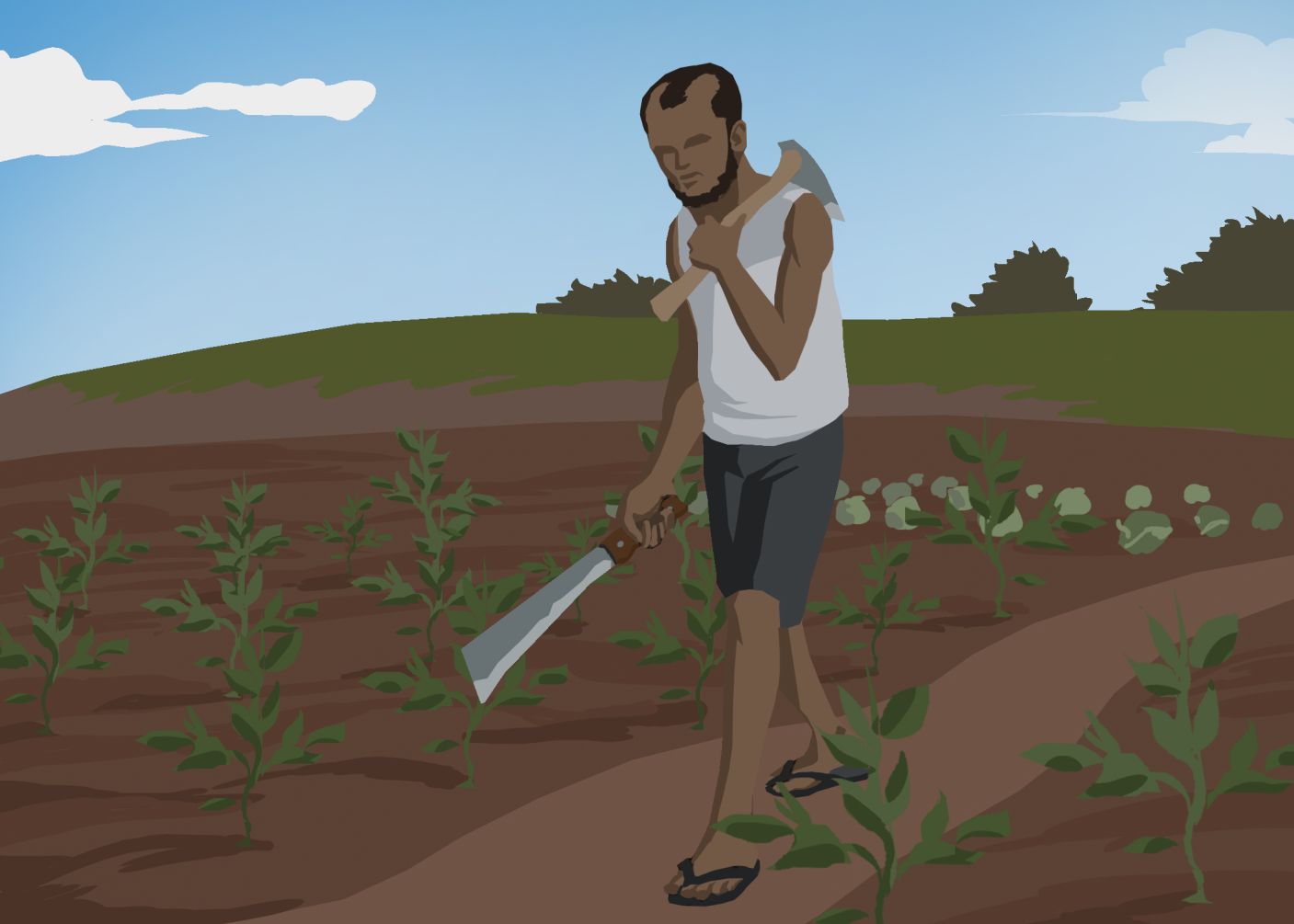5. Step Four – Monitor
Monitoring is repeatedly measuring and following the care being provided at regular intervals.

It is important in the provision of rehabilitation care because it provides information on the:
- Progress of a person’s functioning
- Effects of various rehabilitation interventions
- Detection of a change or lack of it in a person’s functioning
The process of monitoring needs to be performed from the beginning of care until the discontinuation of care.
Monitoring how a person goes through the rehabilitation process includes the following steps:
ii. Review the rehabilitation care provided
iii. Progress the rehabilitation care
iv. Refer if needed
i. Re-assess difficulties
This helps in determining whether there is an improvement or a decline in functioning or the functioning is stagnant.
At every appointment,
- Re-assess the impairment using the same assessment tool used in the first step
- Record the results and compare it with previous results
ii. Review the rehabilitation care provided
This helps in making sure that the person and or the caregivers have been performing the exercises correctly and enables the correction of any issues with the technique.
At every appointment,
- Ask the person and/or caregiver to repeat the exercises
- Go over the tips or cues to enable them remember
- Ask the person and/or caregiver if they have been having any problems with the exercises or if they have any other questions.
- Ask the person if the exercises have been too hard, too easy or just right for them, use the modified BORG RPE scale if necessary.
iii. Progress the rehabilitation care
Where possible try to teach the person or caregiver how to progress exercises by themselves between appointments.
If on re-assessment person’s function has improved and intensity per the BORG scale has become easy, progress exercises to reflect most recent assessment
Teach new exercises, educate on when it is safe to progress to new exercise.
![]() Question
Question

Remember Kofi?
Kofi has weak muscles, difficulty standing up and walking, urinary incontinence and is therefore unable to go to the farm.
Kofi has started with muscle strengthening/transfers (sit-to-stand exercises) and bladder management protocols (modifying the timing of his fluid intake, keeping a bathroom schedule, pelvic floor exercises).
Kofi reports for review after two weeks and on re-assessment he can now sit to stand independently with an increase in the muscle power in his hips and knees. Kofi also has better control over his bladder function.
He does not have any problem his exercises and finds them very easy to do.
What is the next step that you will take in Kofi’s management?
Select all that apply.
- a. Re-assess Kofi’s difficulties
- b. Ask Kofi if he has any problems with the previous exercises
- c. Ask Kofi if the exercises have been easy or difficult for him
- d. Teach Kofi new exercises and how to safely practise them at home
If you selected d, you are right. Kofi has already been reassessed. He does not have any problems with previous exercises and finds them easy to do. The next step then is to progress Kofi’s care.
iv. Refer if needed
There are different specialists in the field of rehabilitation. These include occupational therapists, speech and language therapists, rehabilitation nurses, physical medicine and rehabilitation physicians, physical therapists as well as orthotists and prosthetists.
Refer to these specialists if:
- No improvement seen after 2 weeks of daily treatment
- Red flags are seen during treatment
- You feel that the person’s rehabilitation needs are too complex for you to manage
Before you refer, identify the centers within a travel distance which have rehabilitation specialists or services and the kind of specialists and services available.
Warning
If there are contraindications or emergencies identified during assessment or the provision of interventions, it is important to stop treatment immediately and refer to the appropriate medical specialist who can manage the specific red flag.
When to discharge a person from rehabilitation
Monitoring ends when a person is discharged from rehabilitation.
The duration or length of rehabilitation care however depends on the goals set and progress made.
It is important to let the person understand that more progress will be made if the person receiving rehabilitation care:
- Attends all scheduled appointments
- Has difficulties addressed by the trained health worker as best as possible
- Completes all assigned home exercises
A person can be discharged from rehabilitation if:
- Goals set are reached – once the health worker providing the rehabilitation care and the person receiving it are satisfied with the person’s success based on the goals set at the beginning of rehabilitation, discharge can be made.
- A referral is being made to a rehabilitation specialist
![]() Question
Question

Kofi has progressed with his rehabilitation and he is practicing his walking and has been provided with a walking stick. He is also advised to use absorbent products when going out in case there is a bladder accident.
However, during the provision of rehabilitation care, Kofi’s progress stops and he is not progressing in his walking exercises as no improvement is seen after 2 weeks of continuous rehabilitation.
What should you do next?
Select all that apply.
- a. Teach new
exercises
- b. Ask Kofi to continue the rehabilitation for 1 more week
- c. Refer Kofi to the nearest rehabilitation specialist
- d. Ask to stop rehabilitation and live with his disability
If you selected c, you are right. Lack of improvement in rehabilitation after 2 weeks of daily rehabilitation is an indication for referral to a rehabilitation specialist.

Kofi travels to see the rehabilitation specialist where he is taught a different set of exercises. Kofi is referred back to you to continue his rehabilitation. Kofi continues his rehabilitation with the new set of exercises. After a month of progressing Kofi’s rehabilitation, Kofi can now walk without a walking aid, he can go to the farm and knows how to manage his urinary incontinence.
What will be your next step in managing Kofi’s rehabilitation?
Select all that apply.
- a. Teach new exercises
- b. Ask Kofi to continue the rehabilitation for 1 more week
- c. Refer Kofi to the nearest rehabilitation specialist
- d. Discharge Kofi from rehabilitation
If you selected d, you are right. Kofi’s goals have been met and he can walk and has control over his bladder difficulties.
You have completed Lesson four!
If you have any questions or comments, post them on the discussion forum.
